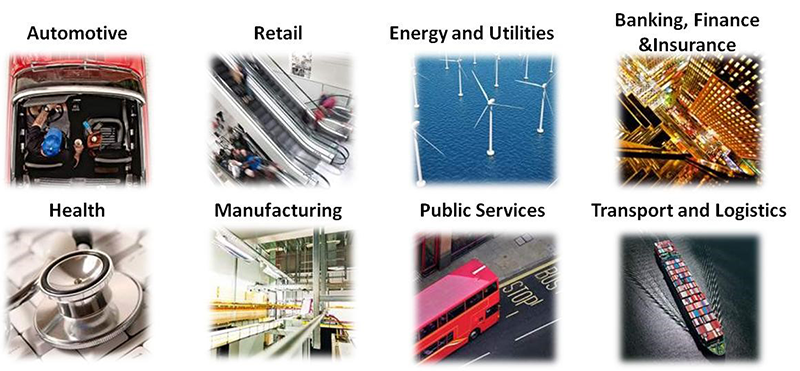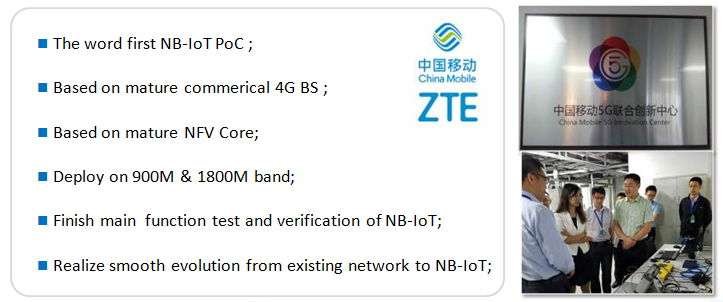Massive IoT, Exploding new Business Opportunities
Background and Requirement
In the recent years, the IoT (Internet of Things) has become the hottest topic in the industry and different kinds of applications of IoT are emerging very fast. Compared with the internet of human, the Internet of Things has a wider space of applications. Although the IoT is still on the initial stage, an exploding stage will come in the following 5-10 years.
According to the report from ‘Machine Research’, the revenue of IoT will reach $4 trillion in 2025 compared with $892 billion in 2015, among of which, the LPWA (Low Power Wide Area) will occupy the share of 47%.
1. Seamless coverage, including basement, corner of building and far village, etc.
2. Massive connection, at least 50,000 connections per cell
3. Ultra-low cost, $5 per telecommunication module
4. Ultra-low power consumption, continuous working till 5-10 years with 2 AA batteries.
For mobile operators, the seamless coverage brings them a natural advantage in LPWA domain.

Technology Selection
There are three typical technologies applied in LPWA domain, including: LoRa, Sigfox and NB-IoT. The LoRa and Sigfox are working in the unlicensed spectrum with some innovation in business & operation modes.
While NB-IoT can be updated from the existing LTE network with low cost and was accepted by 3GPP as an international standard. Compared with LoRa and Sigfox, NB-IoT has a stronger eco-system and a telecom-level security.
1. Accepted by 3GPP as an unified standard, with better eco-system and industrial chain
2. Based on OFDM technology, with low-cost and fast deployment and telecom-level security
3. Only 180KHz spectrum band occupied, flexible deployment with existing network
4. Obvious improvement on the coverage and connection with higher utilization
5. 5-10 years life-span with 2 AA batteries, and zero-cost for maintenance
6. $5 per telecom module, with low-cost and fast service promotions
7. Working on the licensed spectrum, with higher security and less interference
Furthermore, compared with LoRa and Sigfox, NB-IoT shows obvious advantages:
| LPWA | Spectrum Band | Data Rate | Coverage | Capacity | Battery | Cost | Eco-system |
|---|---|---|---|---|---|---|---|
| Lora | 125/250/ 500KHz |
300-50 kbps |
Better | 10k-50k | 5-10 years |
8$ | Maturing |
| Sigfox | 12.5 KHz |
100/600 bps |
Good | >50k | 5-10 years |
9$ | Risk |
| NB-IoT | 180 KHz |
>350-160 kbps |
Best | 52k | 5-10 years |
5$ | Strong |
Business Development
After several rounds of discussions, 3GPP finally accepted the NB-IoT as the unified M2M standard based on cell in LPWA domain in September 2015. Actually, the NB-IoT standard was born from NB-LTE proposed by Ericsson, ZTE, Nokia and Intel.
As the important initiator and contributor in NB-IoT domain, ZTE proposed more than 200 papers to 3GPP which occupied the share of 15% and ZTE led several important discussions during the standardization.
On the NB-IoT solution level, ZTE covers multi-level of M2M including perception level, access level, platform level and application level, which can be applied in multi vertical industries widely.
Currently, ZTE is cooperating with China Mobile to construct a large-scale M2M platform, and is cooperating with Shanghai Telecom to build a NB-IoT eco-circle.
